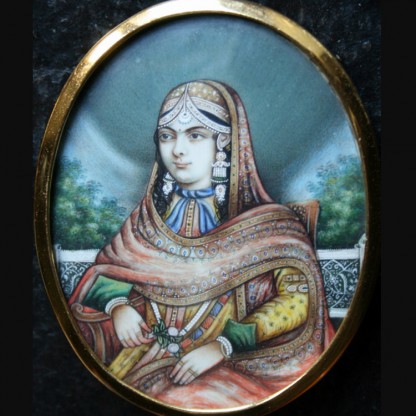In the 1980s, Barrow sought a compromise between change and continuity, and argued that the reign of King David was in fact a "Balance of New and Old". Such a conclusion was a natural incorporation of an underlying current in Scottish historiography which, since william F. Skene's monumental and revolutionary three-volume Celtic Scotland: A History of Ancient Alban (1876–80), had been forced to acknowledge that "Celtic Scotland" was alive and healthy for a long time after the reign of David I. Michael Lynch followed and built upon Barrow's compromise solution, arguing that as David's reign progressed, his kingship became more Celtic. Despite its subtitle, in 2004 in the only full volume study of David I's reign yet produced, David I: The King Who Made Scotland, its author Richard Oram further builds upon Lynch's picture, stressing continuity while placing the changes of David's reign in their context.


















